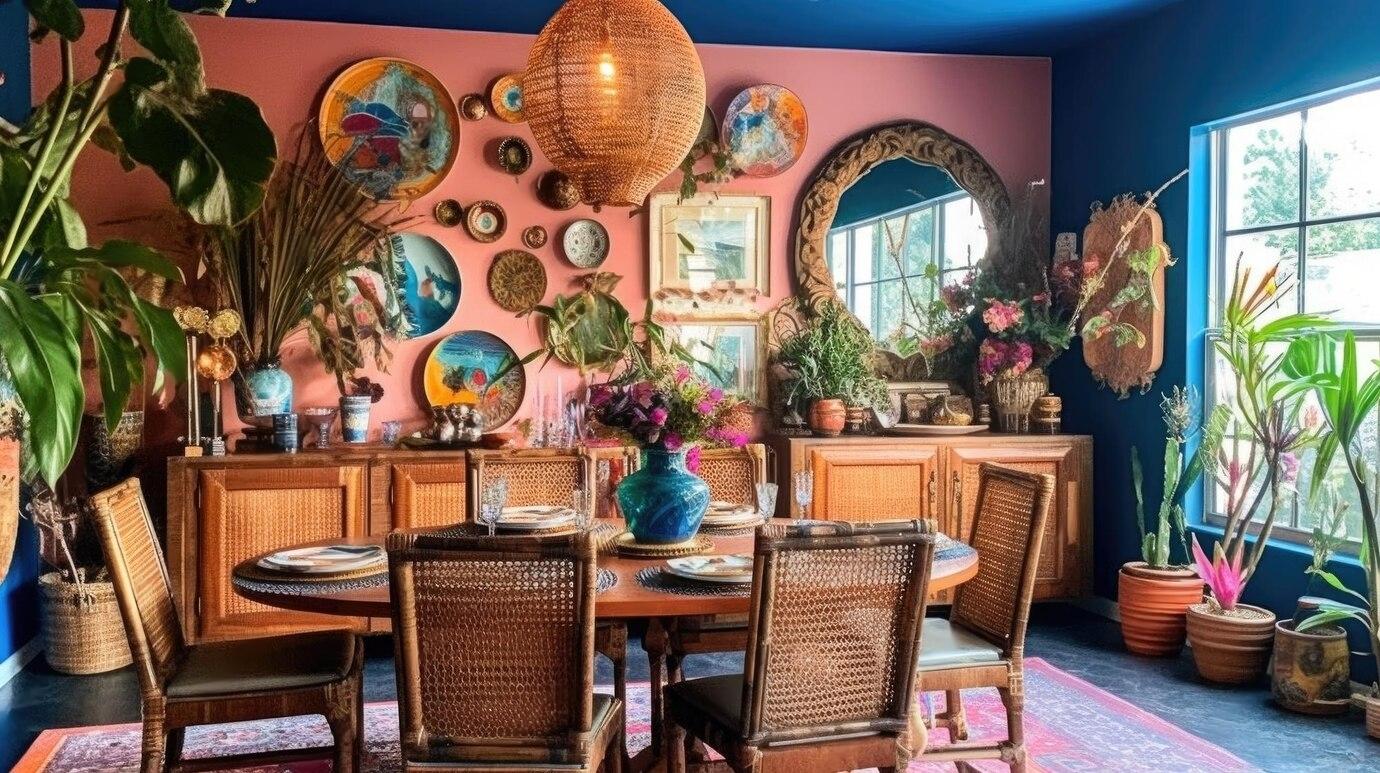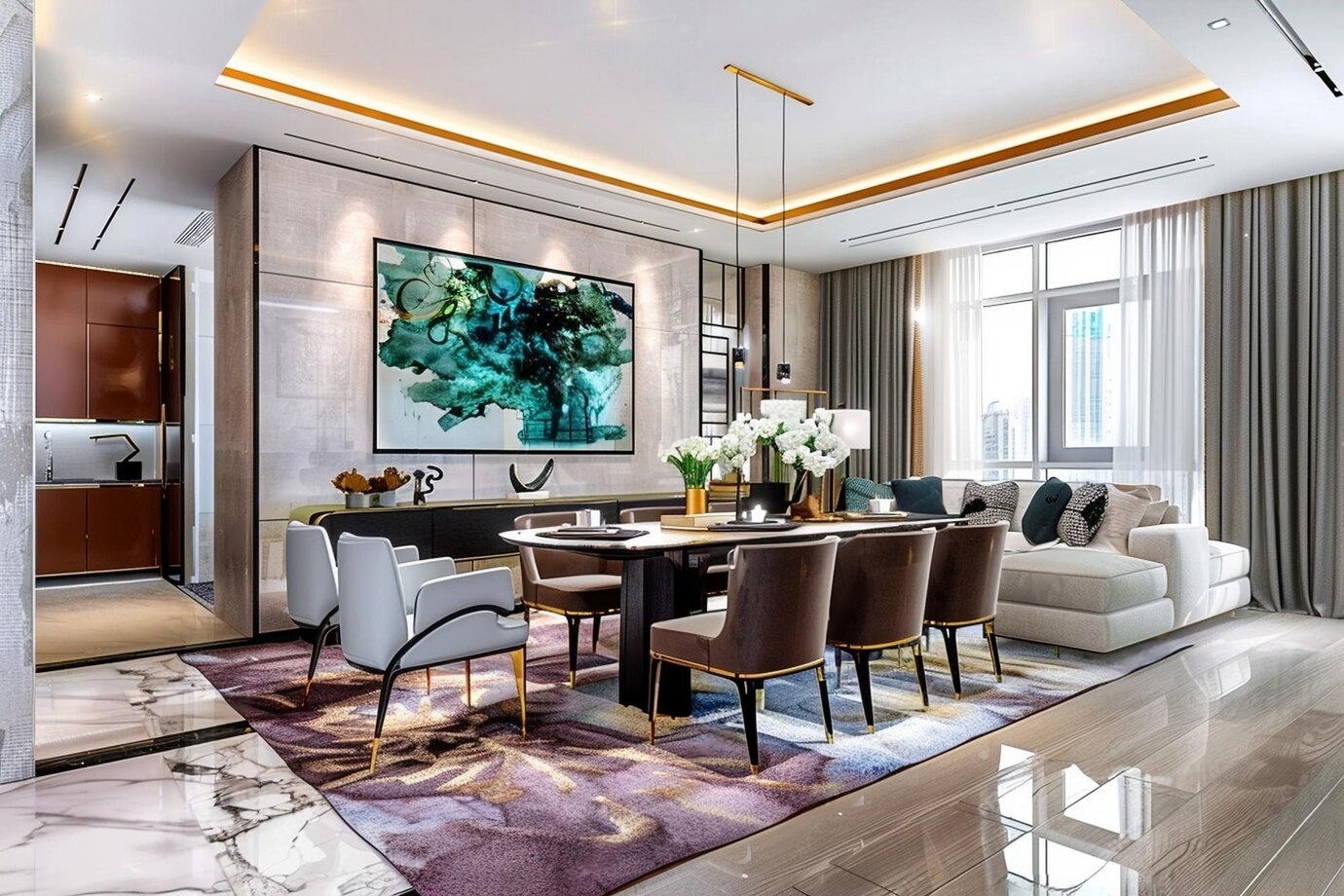Designing for Well-Being: How Interior Designers in Chennai Create Healthy Living Spaces
In today’s fast-paced world, the significance of well-being extends beyond physical health to encompass mental, emotional, and environmental factors. As a bustling metropolis with a unique blend of tradition and modernity, Chennai’s residents increasingly recognize the importance of creating spaces that foster holistic well-being. Interior designers in Chennai have responded to this demand by crafting living spaces that not only look aesthetically pleasing but also enhance the overall health and wellness of their occupants.
The Role of Interior Designers in Chennai in Promoting Well-Being
Interior designers play a crucial role in transforming living environments into sanctuaries of well-being. Their expertise lies in understanding the interplay between space, light, materials, and design elements, ensuring that every aspect of the interior contributes positively to the inhabitants’ quality of life. For interior designers in Chennai, this involves integrating traditional design principles with modern wellness concepts, creating spaces that are not only visually appealing but also support the physical and mental health of the residents.
Key Elements of Healthy Living Spaces
- Natural Light and Ventilation: One of the fundamental aspects of a healthy living space is the availability of natural light and proper ventilation. Interior designers in Chennai prioritize the inclusion of large windows, skylights, and open floor plans to maximize the flow of natural light and air. This not only reduces the reliance on artificial lighting and air conditioning but also promotes a connection with nature, which is known to improve mood and reduce stress levels.
- Use of Sustainable and Non-Toxic Materials: The choice of materials is critical in creating a healthy interior environment. Many interior designers in Chennai advocate for the use of sustainable and non-toxic materials, such as low-VOC paints, natural fibers, and reclaimed wood. These materials not only reduce the environmental impact but also minimize the presence of harmful chemicals in the living space, contributing to better indoor air quality.
- Ergonomic Furniture and Design: Ergonomics is another key consideration in designing for well-being. Interior designers focus on creating spaces that accommodate the physical needs of the occupants, with furniture and layouts that support good posture, reduce strain, and provide comfort. In Chennai’s increasingly home-office-oriented lifestyle, ergonomic design has become essential to maintaining productivity and preventing physical ailments associated with prolonged sitting and poor workspace design.
- Biophilic Design: Biophilic design, which involves incorporating natural elements into the interior, is gaining popularity among interior designers in Chennai. By integrating plants, water features, and natural materials, designers create a calming atmosphere that resonates with the human affinity for nature. This connection to nature has been shown to reduce stress, enhance creativity, and improve overall well-being.
- Color Psychology: The impact of color on mood and well-being is well-documented, and interior designers in Chennai are adept at using color psychology to create harmonious living spaces. Soft, neutral tones are often used to evoke a sense of calm and relaxation, while vibrant accents can add energy and vitality to a room. Designers carefully select color palettes that align with the intended mood and function of each space, ensuring a balanced and positive environment.
Adapting to Chennai’s Climate and Lifestyle
Chennai’s hot and humid climate poses unique challenges for interior designers, particularly when it comes to creating comfortable and healthy living spaces. To combat the heat, designers often incorporate traditional cooling techniques such as high ceilings, cross-ventilation, and the use of natural cooling materials like terracotta tiles and jute. These elements help maintain a comfortable indoor temperature while minimizing the reliance on air conditioning, which can contribute to a healthier living environment.
Additionally, the lifestyle and cultural preferences of Chennai’s residents are carefully considered in the design process. For instance, many households prefer spaces that accommodate traditional activities such as meditation, yoga, and prayer. Interior designers integrate these requirements into the layout, creating dedicated spaces that support mental and spiritual well-being.
The Impact of Technology in Promoting Well-Being
Technology also plays a significant role in modern interior design, and interior designers in Chennai are leveraging smart home technologies to enhance well-being. Automated lighting systems that adjust to natural light levels, air purifiers that maintain optimal indoor air quality, and sound systems that create soothing ambient environments are just a few examples of how technology is being used to create healthier living spaces.
Conclusion
The concept of well-being has become an integral part of interior design in Chennai. By focusing on natural light, sustainable materials, ergonomic design, biophilic elements, and the thoughtful use of color, interior designers in Chennai are creating living spaces that promote physical, mental, and emotional health. As the demand for healthier living environments continues to grow, these designers are leading the way in crafting interiors that are not just beautiful, but also nurturing and supportive of a better quality of life.





